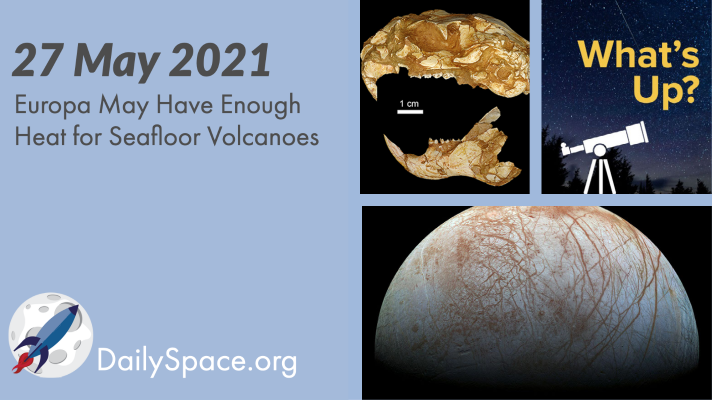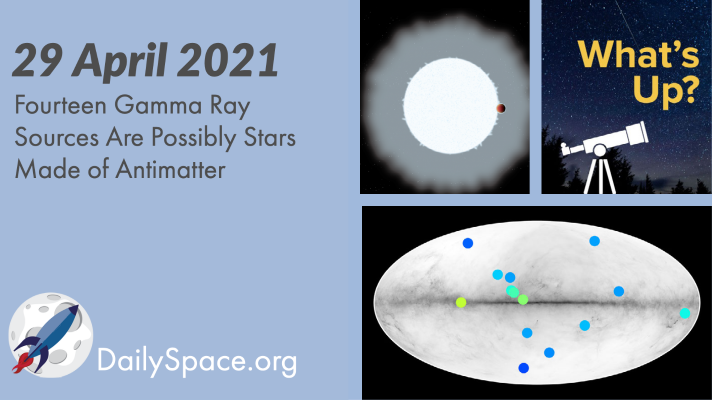
Jun 26, 2021 | Black Holes (Stellar), Cosmology, Daily Space, Earth, Review, Science, Sky Watching, Stars, Supermassive Black Holes, Supernovae Remnants
The fossilized teeth and bones of baby dinosaurs found in northern Alaska may indicate that dinosaurs didn’t just summer in the Arctic but nested and raised their young there. Plus, the cosmic dawn, a cosmic hand, black holes, and preserving core samples for the future of science.

Jun 25, 2021 | Astrobiology, Daily Space, Earth, Exoplanets, Sky Watching, Star Forming Region
New high-resolution images captured by the SOFIA airborne telescope have given scientists the first clear view of a massive star-forming region here in the Milky Way, including an expanding bubble of gas. Plus, finding Earth-like exoplanets, detecting life on Earth, and this week’s What’s Up, featuring the Messier Catalogue.

May 28, 2021 | Asteroids, Daily Space, Earth, Exoplanets, JAXA, Jupiter, Mars, Mercury, Saturn, Sky Watching, The Sun, Venus
Jupiter’s moon Europa, an icy world with a subsurface ocean that interests astrobiologists, may actually be hot enough to melt the interior rock and create volcanoes on the ocean floor. Plus, Ryugu, giant planets, fossil discoveries, Martian glaciers, and this week’s What’s Up!

May 21, 2021 | Climate Change, Comets, Daily Space, Earth, Mars, Moon, Neutron Stars / Pulsars, Rovers, Sky Watching, Space China, Zhurong
After a successful touchdown on Mars last week, the Zhurong lander has sent back both black and white and color images. Plus, pulsars, ocean depths, heavy metal vapor, radioactive elements, and this week’s What’s Up which includes a total lunar eclipse!

May 14, 2021 | Black Holes (Stellar), Brown Dwarf, Daily Space, Earth, Gemini North, Jupiter, Mars 2020, Perseverance, Sky Watching, Stars
A tiny black hole, only three solar masses, has been found inside the Milky Way in the constellation Monoceros. One of the smallest black holes ever found, it is also the closest one to Earth. Plus, Perseverance, Gaia, a brown dwarf, new images of Jupiter, seismic monitoring from space, and this week’s What’s Up.

Apr 30, 2021 | Asteroids, Daily Space, Exoplanets, Mars, Milky Way, Moon, Sky Watching, Stars
Gamma rays given off by fourteen different sources in our sky could be a sign of the existence of antistars, leading to the potential for breaking the standard cosmological model. Plus, nano dust, the HI-SEAS experiment, hydroxyl at an exoplanet, and this week’s What’s Up.








 We record most shows live, on Twitch. Follow us today to get alerts when we go live.
We record most shows live, on Twitch. Follow us today to get alerts when we go live.